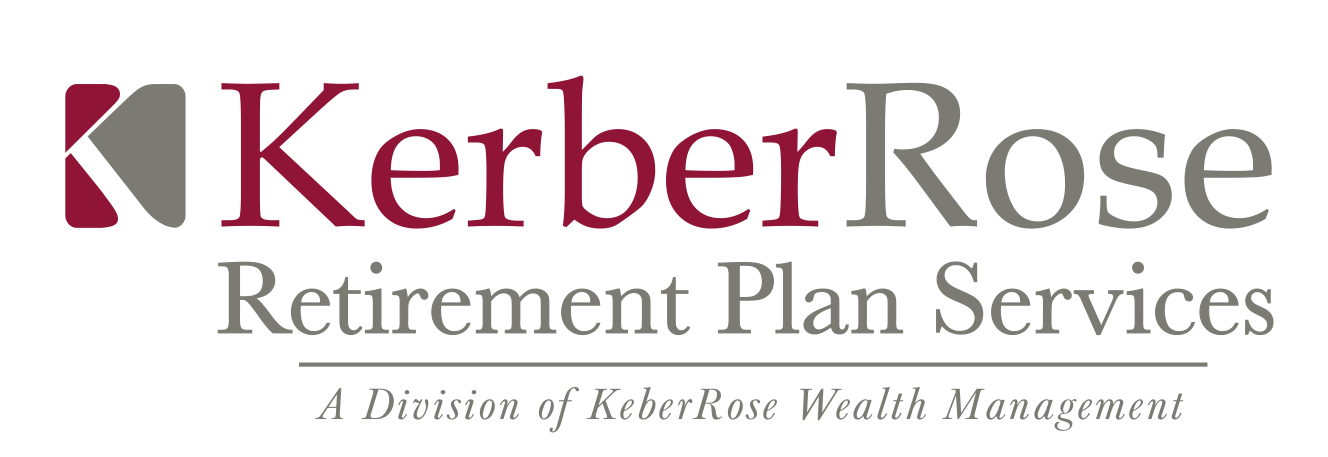Ten Things to Know about Your Employer’s Retirement Plan
1. What it is?
Your employer’s retirement plan is a defined contribution plan designed to help you finance your retirement. Federal and sometimes state taxes on your contributions and investment earnings are deferred until you receive a distribution from the plan (typically at retirement).
2. Why do they call it a 401(k)?
The 401(k) plan was born over 40 years ago, under Section 401(k) of the Internal Revenue Code, hence, 401(k).
3. You decide
You decide how much to contribute and how to allocate your investments. This gives you the advantages of easy diversification – a well balanced mix of investment choices, and dollar-cost averaging by making regular investments over time.
4. It’s easy
You contribute your pre-tax dollars and lower your taxable income by making automatic payroll deductions. It’s a simple method of disciplined saving!
5. Know your limits
In 2020 you can save up to $19,500 of your pre-tax dollars. If you are age 50 or older, you can save an additional $6,500.
6. “Free” money
Many employers will match some of your contributions. This is FREE money and a great incentive to contribute to the plan.
7. Vesting
Should your employer make a matching contribution; vesting refers to the percent of your employer contributions that you have the right to take with you when you leave the company.
8. Borrowing
Some plans allow you to borrow a percentage of your account value. Keep in mind that you have to make regular payments plus interest on the loan.
9. Early withdrawals
You may be able to take a lump-sum payment before you retire, generally for emergencies (hardships) only. You’ll pay a 10-percent penalty as well as federal and state income taxes. While this is good for emergency situations, your retirement plan is a retirement savings fund, not a rainy-day fund!
10. Leaving the company
When you leave your job, you can rollover your retirement plan savings to an Individual Retirement Account, which can later be rolled over to a new employer’s retirement plan. This way, you stay on track for your retirement savings goals, without having to start over each time you change jobs.
